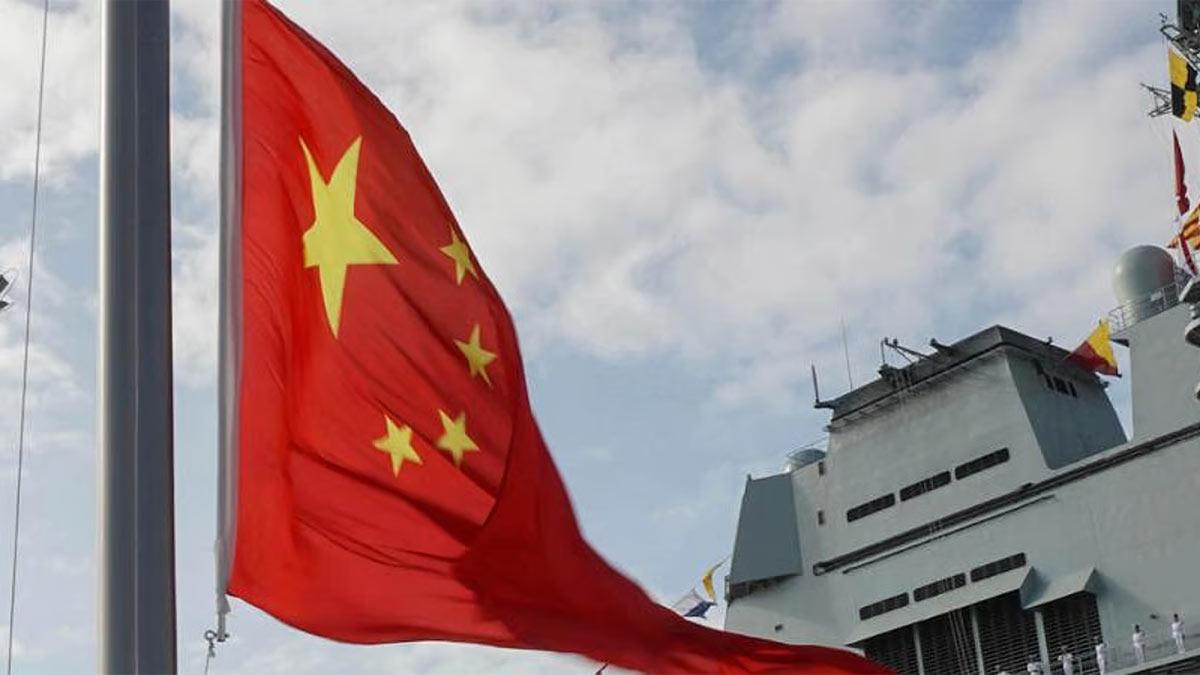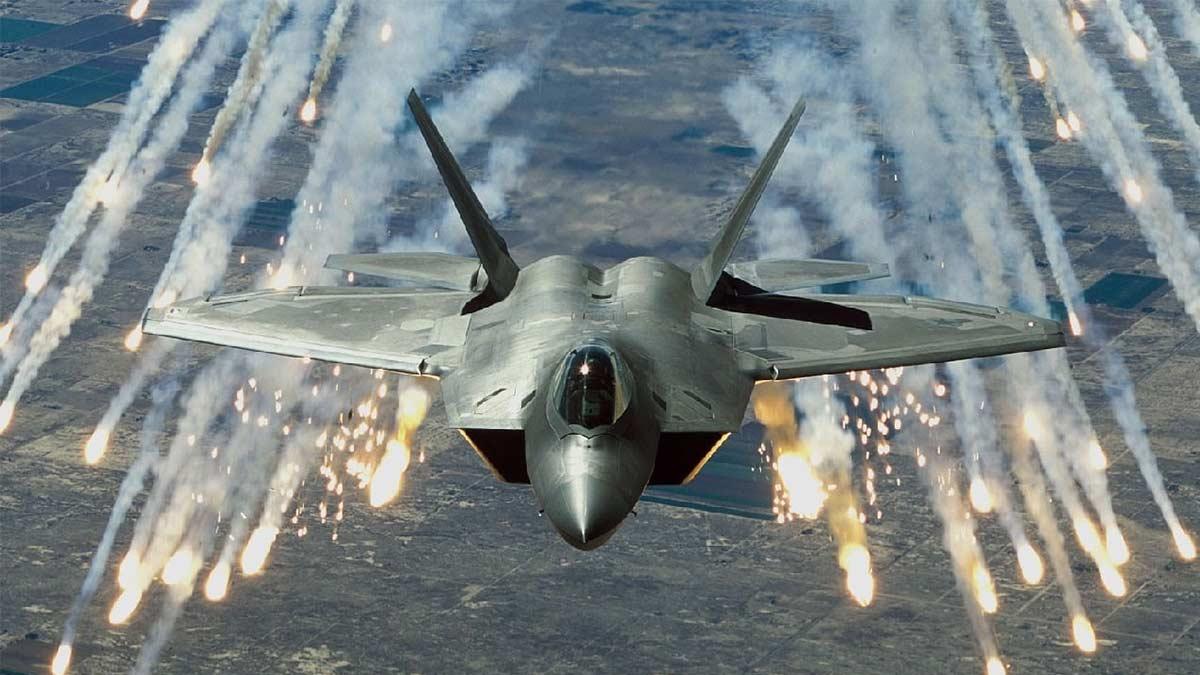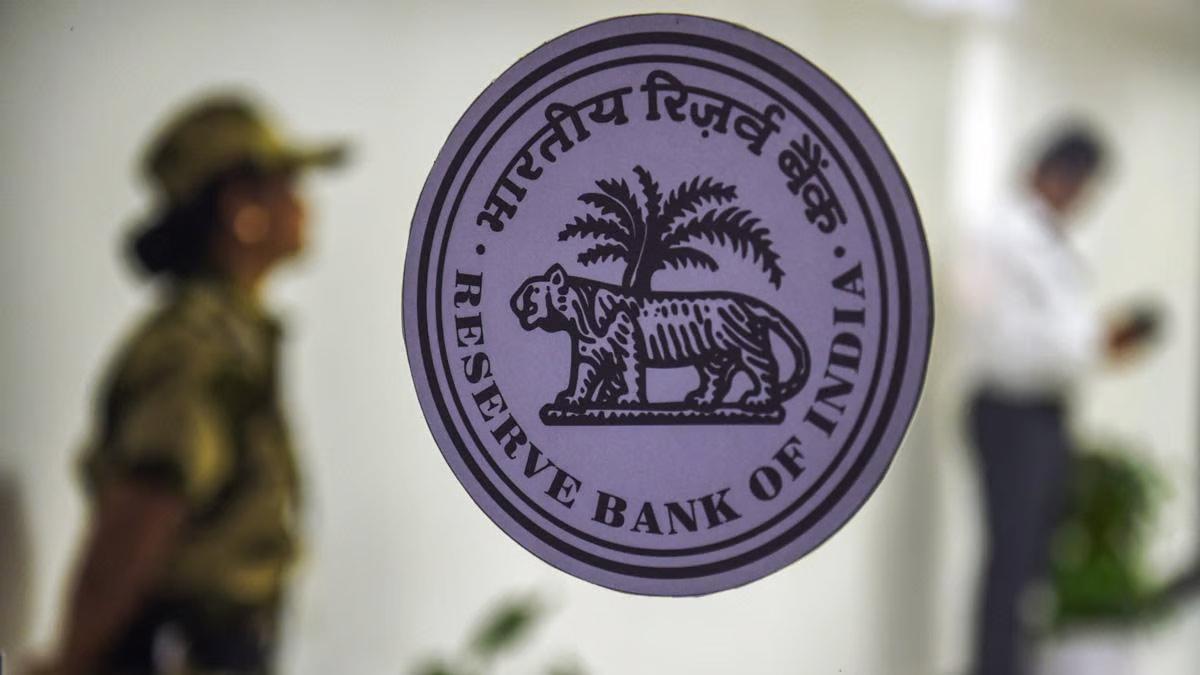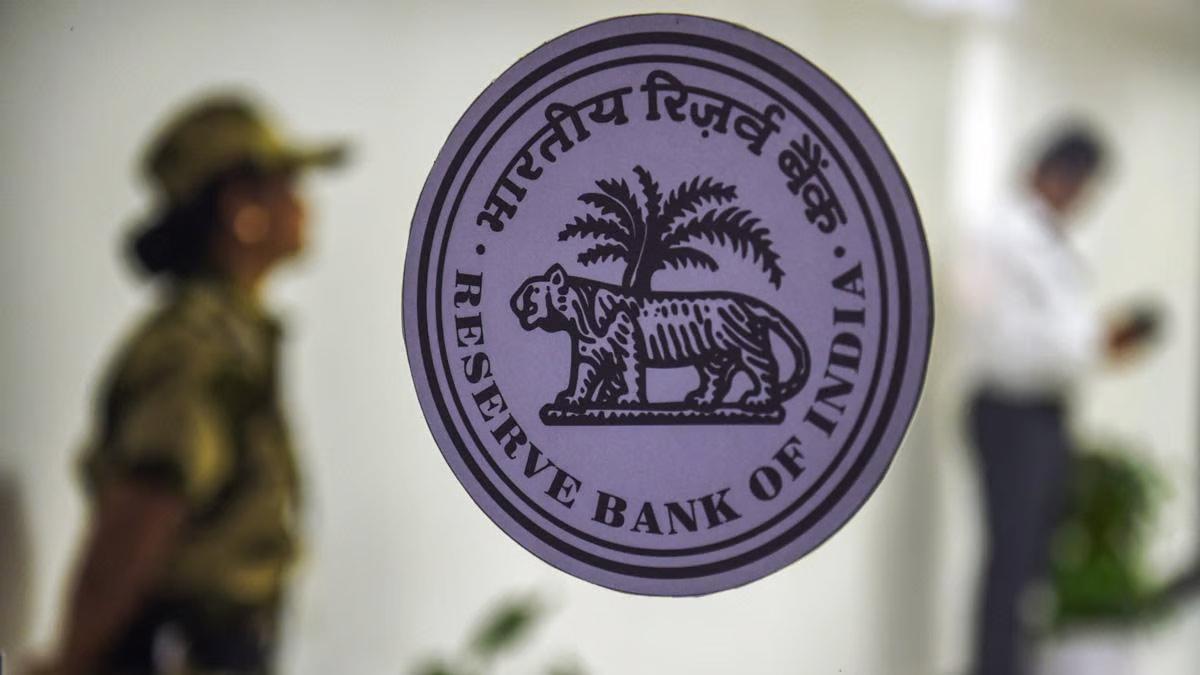China has been the leading source of oil demand growth over the last ten years, but a recent report from Moody's Ratings has forecast that India will take over as the number one driver of oil demand growth in the next decade.
China and India are currently the world's second and third-largest consumers of oil, respectively. But Moody's points out major distinctions in how demand is going to develop in these two nations.
Demand growth and import dependence will be greater in India," Moody's observed. "Demand will increase more rapidly in India than in China in the next decade as Chinese economic growth decelerates and new energy vehicle penetration takes off.
China's consumption of crude oil—in the form of making fuels such as petrol and diesel—is anticipated to peak in the next three to five years. However, India is projected to experience an average growth of 3-5% over the same period.
Even though both countries are dependant on imported gas and oil, Moody's foresees a drop in China's import reliance, triggered by reduced demand growth and increased domestic output. By contrast, "India's dependence on imports will rise if it cannot arrest a decline in production," the report cautions.
China's higher oil and gas consumption underpins the size and growth prospects of its NOCs, which Moody's believes will outperform their Indian peers over the next several years. Chinese NOCs are bolstered by spending on complex shale gas and offshore projects, which support reserves and production. Indian NOCs are hampered by older fields and subdued capital spending. Moreover, Chinese companies have more integrated value chains that contribute to lowering earnings volatility. They also have lower debt and more robust interest coverage.
Considering their respective country priorities, Moody's describes how "Chinese NOCs continue to invest considerably in exploration and development to increase self-sufficiency. Their investment in the downstream refining and petrochemicals will diminish over the next 3-5 years as the majority of major projects have already been executed. In contrast, Indian NOCs will continue to invest considerably to increase refining and petrochemical capacity over the next five years to keep pace with increasing domestic demand."
While Indian observers anticipate an expansion of domestic oil and gas production on the part of NOCs, Moody's says that "execution remains to be seen."
The EIU also anticipates that there are distinct government policies. Those of China are said to be more market-based, while those of India provide a greater degree of volatility in earnings and cash flow for companies. In addition, India relies more on taxes and dividends from its petroleum industry to feed government revenues than China.
Environmentally, Indian carbon policies are still developing, hence less pressure on Indian NOCs to invest in clean technologies short term. However, Chinese NOCs are met with tighter environmental regulations and an accelerated need to shift to sustainable operations.
Moody's forecasts China's dependence on oil imports to fall on the back of its slower demand growth and drive for higher self-sufficiency in the face of geopolitical tensions. China's demand for oil is forecast to peak at about 800 million tonnes a year in 2030. In addition to subdued economic growth, growth in renewable energy and fast uptake of new energy vehicles (NEVs) will suppress demand for conventional fuels like gasoline and diesel. More air travel and petrochemical manufacturing, however, are expected to spur growth in jet fuel and naphtha consumption.
China's refining capacity is close to the 1 billion tonnes government cap that clogs crude oil demand expansion. In contrast, India's refining capacity will rise by around 20% to 309.5 million tonnes annually by 2030 from 256.8 million tonnes in April 2024.
India's growing economic expansion, industrialization, and large government investment in infrastructure to enhance transportation and mobility will drive demand for transport fuels. Indian state-owned oil marketing firms (OMCs), Bharat Petroleum Corporation Ltd, Hindustan Petroleum Corporation Ltd, and Indian Oil Corporation, have ramped up investment in recent years to increase refining capacity.
In the case of natural gas, Moody's anticipates India's growth in demand to marginally surpass that of China. Natural gas, as a cleaner fuel source compared to coal and diesel, is regarded as an important transition fuel for a less-carbon-intensive future. India aims to increase natural gas's weightage in its energy mix to 15% by 2030 from approximately 6% at present. Expansion in industries such as fertilizers and petrochemicals, utilizing gas as feedstock, and increasing consumption in cities and semi-cities will underpin growth of demand at 4-7% every year until 2030.
Utilization of compressed natural gas (CNG) and piped natural gas in urban areas—for commercial vehicles and domestic use—has been increasing. Yet, issues are still present, such as lack of proper gas pipeline connectivity and affordability, due to competition from low-cost renewables.
Both India and China continue to be heavily reliant on imports of oil and gas. China, at present, imports more than 70% of its crude oil as well as 35-40% of its natural gas, whereas India imports nearly 90% of its crude and half of its gas requirements.
The significant import dependence has generated serious concerns in both countries regarding energy security. China's, in particular, are particularly heightened as geopolitical risks increase," Moody's concluded.
Read also| Report Forecasts India’s Q4 FY25 GDP Growth at 7.2%
Read also| Tata Motors Sees 51% Drop in Q4 Net Profit, Plummeting to Rs 8,470 Crore


















